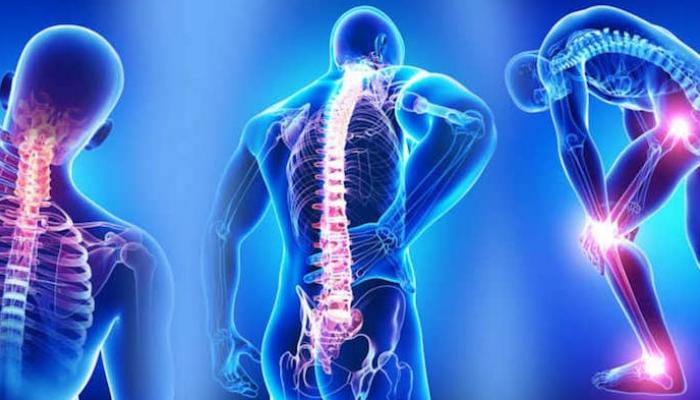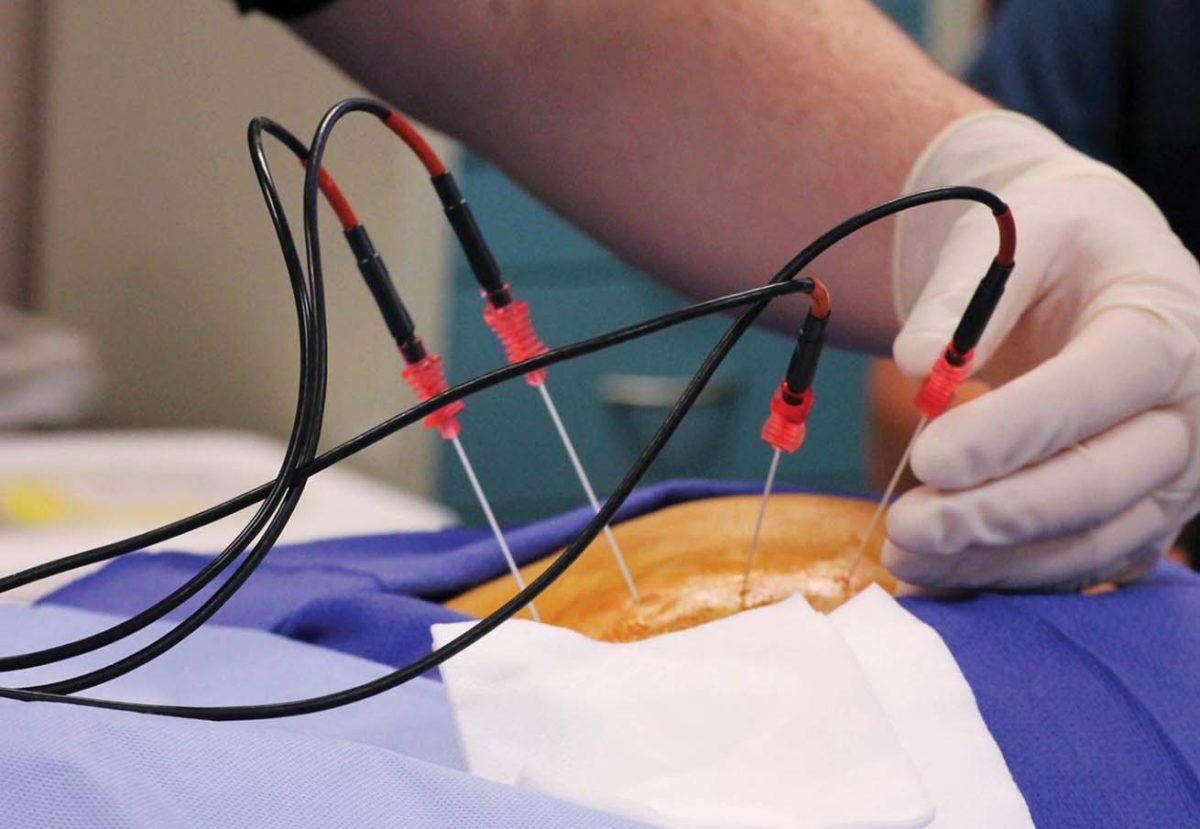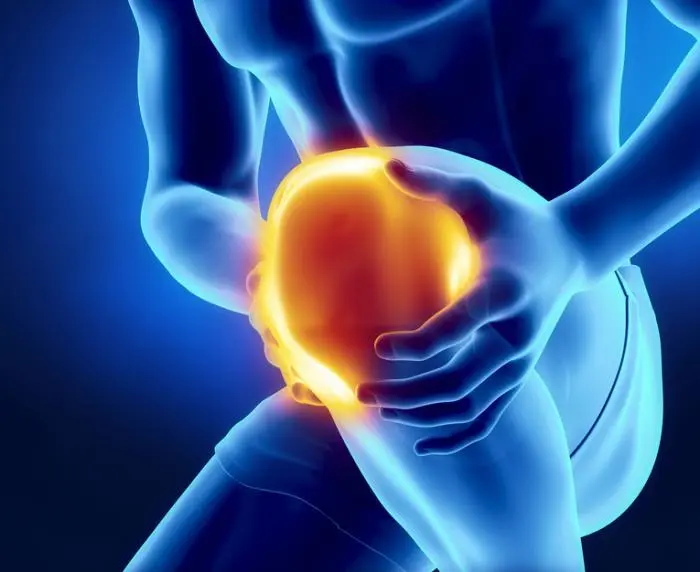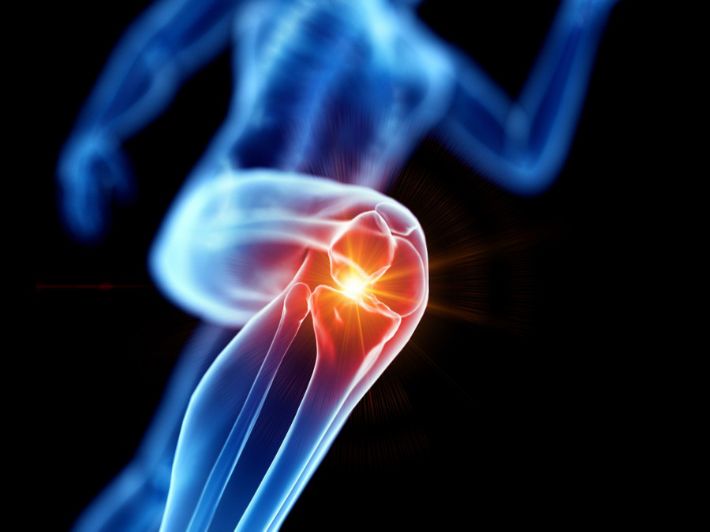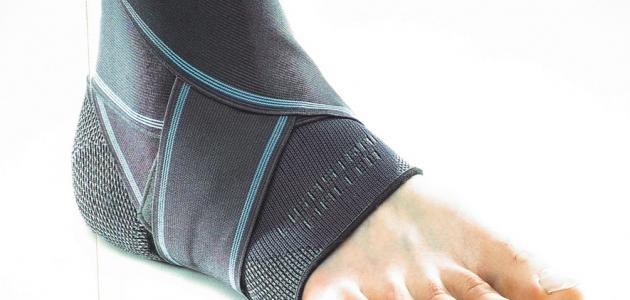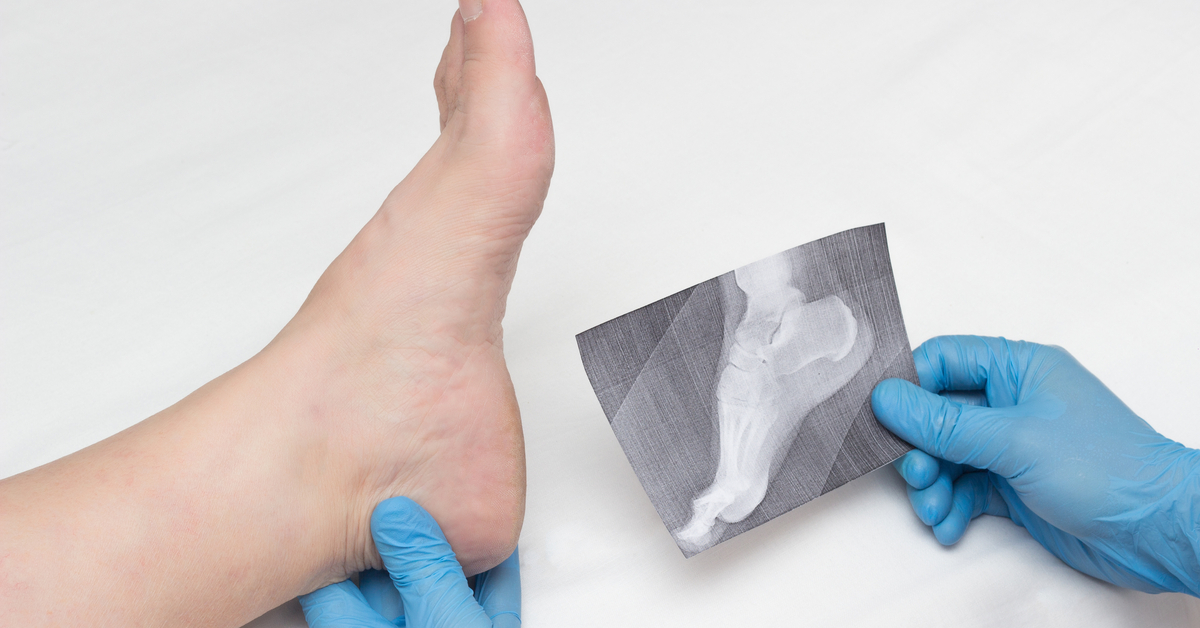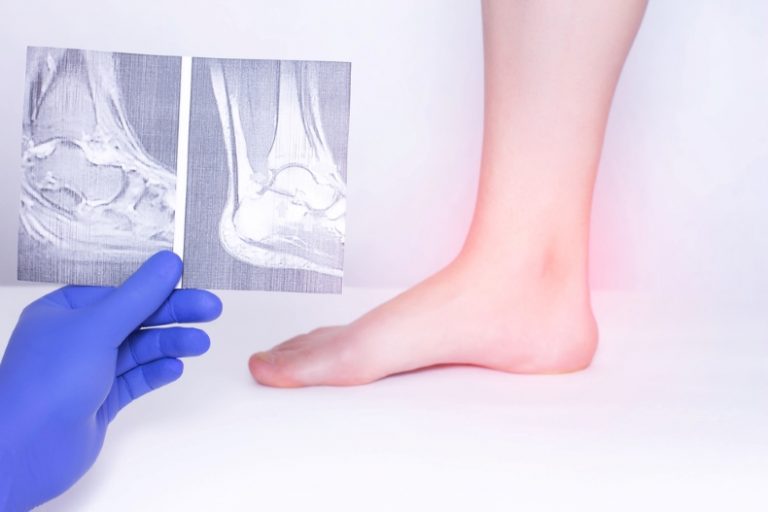Explore with us the prices of medical plates and screws in 2023 and their various types!
Medical Plates and Screws Prices 2023 – Many people experience fractures, and depending on the severity of the fracture, doctors may use various types of plates and screws with different shapes and prices. In this article, we will delve into the details, so stay tuned to receive all the latest information.
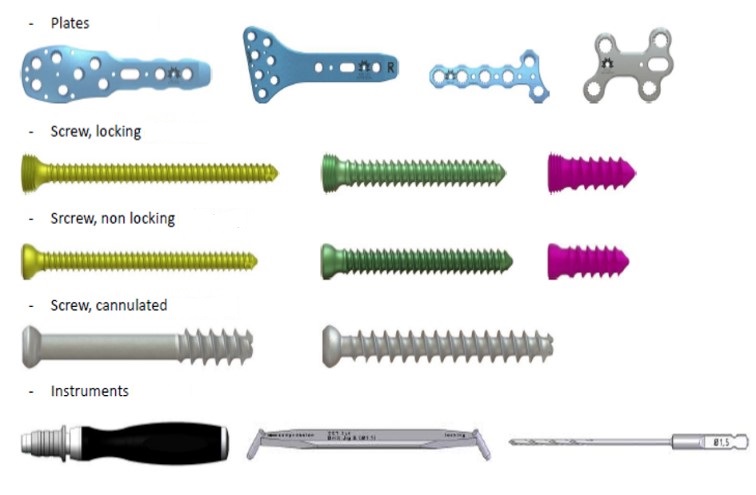
Medical Plates and Screws Prices 2023
“Get immediate comfort and pain relief with the precise and effective technique of installing plates and screws offered by Dr. Amr Amal.”
We cannot specify a fixed monetary value for the prices of plates and screws, as they vary depending on the materials used in their manufacture and the country of production. This is in addition to the type of screws and plates used and the method of installation, as well as the difficulty and severity of the procedure. Prices also vary from one doctor to another based on the quality, competence, and skill of the surgeon.
In general, the cost of plate and screw surgery ranges from 20,000 to 50,000 Egyptian pounds. If you want to learn more details about the cost of installing plates and screws in the arm, read this article.
Types of Medical Plates and Screws
There are three common types used in bone fixation procedures: plates, screws, and prosthetic limbs. Here is some information related to them:
Screws: Screws may appear roughly similar to the screws found in computers, and they may have a flat head or a Phillips head. They are used to tighten damaged areas such as the kneecap and are also used to repair broken bones or restore stability in a weakened area.
Plates: There are five types of plates, and they are one of the most successful treatment methods for fractures, reconstruction, and bone stability. Prosthetic limbs: Bone surgeons use a variety of implanted bone alignment devices to replace missing joints or bones or to support damaged bones. The most common use is in artificial hips and knees, allowing the patient to regain full range of motion without pain in a relatively short period of time. In some cases, artificial limbs may be integrated with healthy bones to replace damaged ones. Artificial limbs can also replace specific parts of the joint entirely.
It is essential to know that plates and screws differ in terms of quality, not just in shape and use. The doctor determines the type that suits the patient based on their age, the severity of the fracture, and other factors.
There are also many types of screws used in bone treatment. There are metallic screws that need to be removed through surgery after the fracture has healed, and there are screws made of dissolvable materials. If you have a fracture in the leg or thigh area, using intramedullary nails is the optimal solution, and they are implanted in the bone marrow area of the bones.
Plates and Screws Procedure
Patients who suffer severe fractures and undergo surgery to install plates and screws can regain their normal daily activities without experiencing pain. Plates and screws help fractures heal naturally, stabilize bones in their proper positions, and allow the body to accept their presence, as they are not treated as foreign objects.
Plates are made from alloys of titanium, nickel, chromium, mixed with iron. Cobalt alloys are also used. In most cases, screws and plates are not removed after the fracture has healed. However, there are cases where removal is necessary. If you want to learn about how to stabilize vertebrae using plates and screws, click here.
Reasons for Resorting to Plate and Screw Surgery
Certainly, there are more than one reason why a doctor may resort to performing a plate and screw installation procedure, including the following:
- Cases with fractures that contain bone fragments and splinters, where the patient needs to clean the area and get rid of the damaged parts, then stabilize the bones to facilitate their healing. This can only be achieved through surgical intervention.
- In the case of severe fractures resulting from a painful accident and accompanied by many complications that do not respond to external treatments such as using a cast or other methods.
- If the impact of the fracture affects not only the bones but also damages blood vessels, ligaments, and muscles, which necessitates surgery to repair this condition.
- If the bone fracture occurs in an area close to a joint, the joint may also be affected and damaged.
- If the doctor determines that the fracture is unstable, it is better for the patient to undergo surgery and have internal fixation of the bones to facilitate their healing. This is what surgical procedures provide.
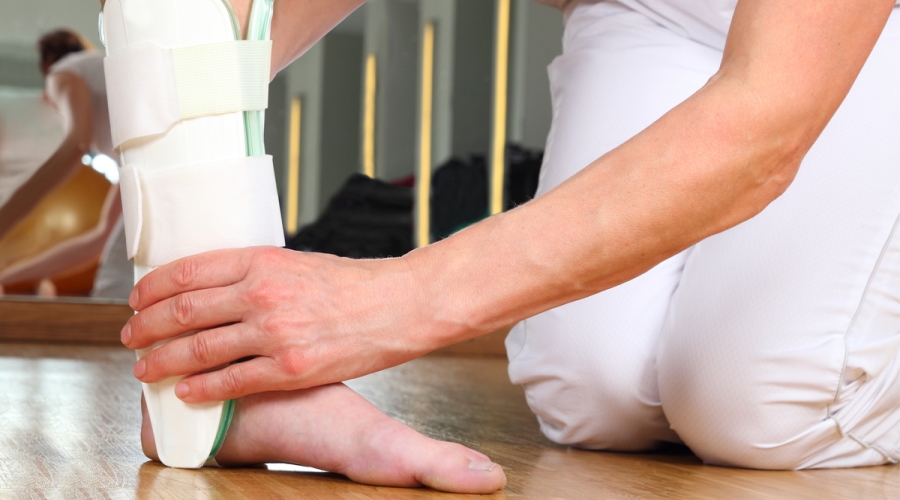
Is Plate and Screw Installation Painful?
The plate and screw installation procedure is performed under general anesthesia, after the doctor ensures that the anesthesia is suitable for the patient and does not pose any risk to them. Then, the doctor makes an incision in the skin and the underlying layers, places the plates and screws through a small incision, and stabilizes the fracture. Subsequently, the doctor sterilizes the wound and performs cosmetic stitching. Typically, the surgery or installation procedure itself is not painful, but the experience varies from patient to patient depending on their pain tolerance.
Post-Installation Symptoms
The patient may experience some pain or swelling and discomfort, but this is entirely normal. This pain may be due to the healing of the fracture. However, if it persists for more than six weeks and is unbearable for the patient, it is advisable to consult the treating physician and undergo the necessary tests and X-rays to identify the main cause of this pain. Then, the appropriate treatment plan can be followed.
The recovery period varies from person to person depending on the severity of the fracture and can range from 3 to 6 months in severe and complicated cases. During this period, the patient should avoid showering until the wound heals, which may take up to two weeks. The injured person should consult a doctor immediately if they notice any unusual symptoms such as redness, swelling, or the accumulation of pus at the site of the plates and screws or if their body temperature rises.
Patients may experience swelling in the surgical area, which can last for three months. To alleviate swelling and associated symptoms, the patient should rest completely and follow the doctor’s instructions. Consultation with the doctor is essential before returning to work or engaging in strenuous activities.
If you would like more information on the potential complications that may arise from the installation of plates and screws, we recommend reading this article.
How Long Does Plate and Screw Installation Take?
The duration of the procedure depends on the severity of the fracture, the type of fracture the patient has, and the competence and skill of the doctor performing the plate and screw installation. However, in most cases, the plate and screw installation procedure takes only a few hours. Enjoy a comfortable experience and amazing results with Dr. Amr Amal in plate and screw installation procedures.
Do Plates and Screws Affect Walking?
Patients can return to walking naturally after the recovery period from the injury, which can take a long time, possibly up to a full year after the surgery. Patients should take into account the time required for recovery and healing after the removal of the plates and screws. There are some important tips to follow to expedite the recovery from bone fractures, including the following:
Avoiding unhealthy habits such as smoking can have an impact on the wound healing and bone-building process.
It is important to consult with a doctor about the appropriate timing to start exercising and adhere to physical therapy sessions.
Ensuring a balanced, protein-rich diet is crucial for bone building and restoring its natural function. Consulting with a doctor about the possibility of using protein supplements is advisable.
Taking antioxidant supplements can help reduce the effects of free radicals that can damage body tissues and accelerate the recovery and healing process.
Consulting with a doctor about the use of appropriate vitamins and minerals and their role in bone building is essential.
For more details on this matter, you can refer to the following article.
Can Bone Plates and Screws Remain in the Body without Harm?
Yes, bone plates and screws can remain in the body for a long time, as long as the patient does not experience pain or require their removal due to a medical condition. These implants are designed to stay in the patient’s body for a lifetime.
Will the Bone Return to Its Original State after Plate and Screw Installation?
Yes, with the many advancements in orthopedic surgery, it is possible to stabilize fractures through plate and screw installation, which accelerates the healing process. This allows patients to return to their normal lives without compromising their physical function.
When Can Walking Resume after Screw Installation?
This depends on the severity of the fracture and the specific location of the injury. For example, elbow bones may require approximately 10 weeks after plate and screw installation to recover, and more time may be needed to regain natural movement in the area. It is normal for some loss of motion to persist after treatment, ranging from 6 months to a rare year in severe cases. In some uncommon instances, there may be a slight loss of motion in the affected limb, requiring a recovery period after plate and screw removal. During the recovery period, patients should undergo physical therapy exercises to help restore full and natural movement of the elbow or leg.
Patients are typically allowed partial weight-bearing immediately after the surgery, with the use of crutches to reduce the load on the leg. Early cautious walking helps promote bone healing and a speedy recovery. In addition to post-operative rehabilitation physical therapy, which strengthens leg muscles and ligaments, improves mobility, and supports walking.
When Are Plates and Screws Removed?
In some cases, the doctor may remove the plates and screws used to stabilize the fracture either before or after healing. This can occur in the following situations:
If the patient is still in the growth phase, meaning they are under 18 years old, it is necessary to remove the plates and screws after the fracture has healed, typically within a year to a year and a half. This is because the bones are still growing during this age period, making the screws susceptible to bending.
If the plates and screws do not serve any function, meaning the doctor installed them despite the fracture not requiring them in the first place, they may be removed.
In case of a manufacturing defect in the plates or screws, leading to their breakage, it can occur due to subpar material quality, especially if there is increased stress on the fracture site before bone healing. If the plates or screws break, the fracture will not heal properly, and this can be detected through regular X-rays performed at the affected area.
If the doctor observes that the plate and screw installation did assist in healing the fracture but resulted in some side effects, such as the plate entering the joint to an extent that affects its function or if it becomes visible under the skin.
In cases of microbial infection, where treatment of the microbial infection at the fracture site requires the removal of plates and screws, even if the fracture has not healed. In this situation, an alternative, such as external fixation, should be considered as deemed appropriate by the doctor.

The Best Doctor for Plate and Screw Installation
A plate and screw installation procedure requires a skilled and proficient doctor. Dr. Amr Amal is one of the best orthopedic surgeons in Egypt, particularly specialized in bone plate and screw installation. He has performed numerous highly successful surgeries in this field and has extensive years of experience. Dr. Amr is dedicated to monitoring the patient’s condition, ensuring its stability, and following a successful and appropriate treatment plan. He listens to the patient’s complaints with an open heart and strives to use the latest methods and techniques in treatment while minimizing patient pain and costs.
Dr. Amr has a good reputation and wide recognition among many patients for adopting modern methods in patient care and seeking to minimize the pain experienced by the patient at the lowest cost. He stays updated on the latest advancements in fracture treatment, plate and screw installation, and pays meticulous attention to each case, both before and after the procedure, while adhering to various quality standards regarding sterilization, cleanliness, and organization.





